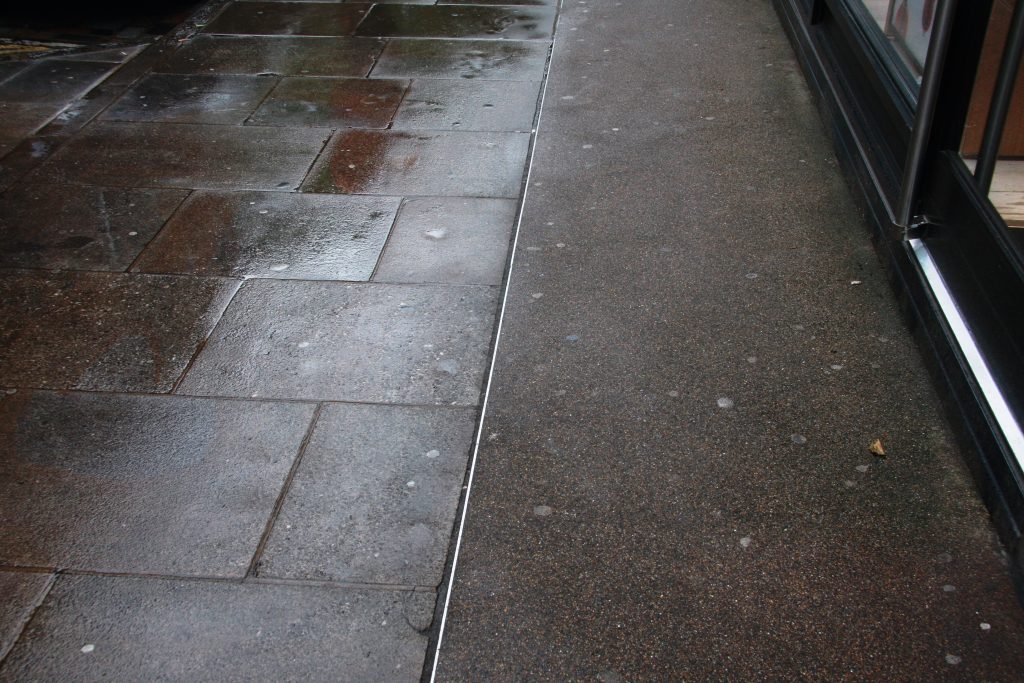Transitions, Structure, and Tables
Ramps and tables or other transitions in vertical alignment constructed from small elements are vulnerable to damage if not strongly contained and well locked together. 100 x 100 setts with large mortar joints have failed in many locations and can be improved by using larger setts of 150 or 180mm depth. Sawn setts of 150 x 250 with mortar joints about 7-8 mm are less prone to degradation when the sub-structure and containment is correct and properly reinstated after disturbance. Consideration should be given to loose laying without mortar with the expectation of lifting for service interventions.
The Trust would welcome trials and research to see if this method of managing a high quality streetscape reduces maintenance problems for carriageways with setts.
Vaults and Pavement Lights
Front areas originally gave light to the front basement rooms and in the 19th century were used for pavement trading. Except for No. 1 Short’s Gardens, all the area’s original front areas have been covered, mostly with black asphalt waterproof strips adjacent to the frontages. When dark grey or weathered to lighter grey these are not obtrusive but there are over-coating treatments that give a finish closer to the colour of ‘York stone’ paving. Where it is practical to do so, such finishes are encouraged.
